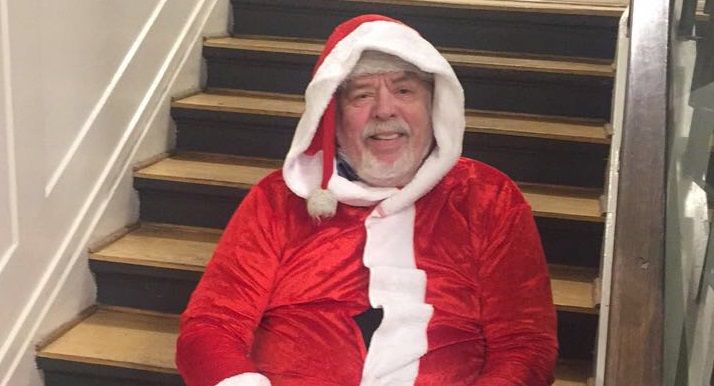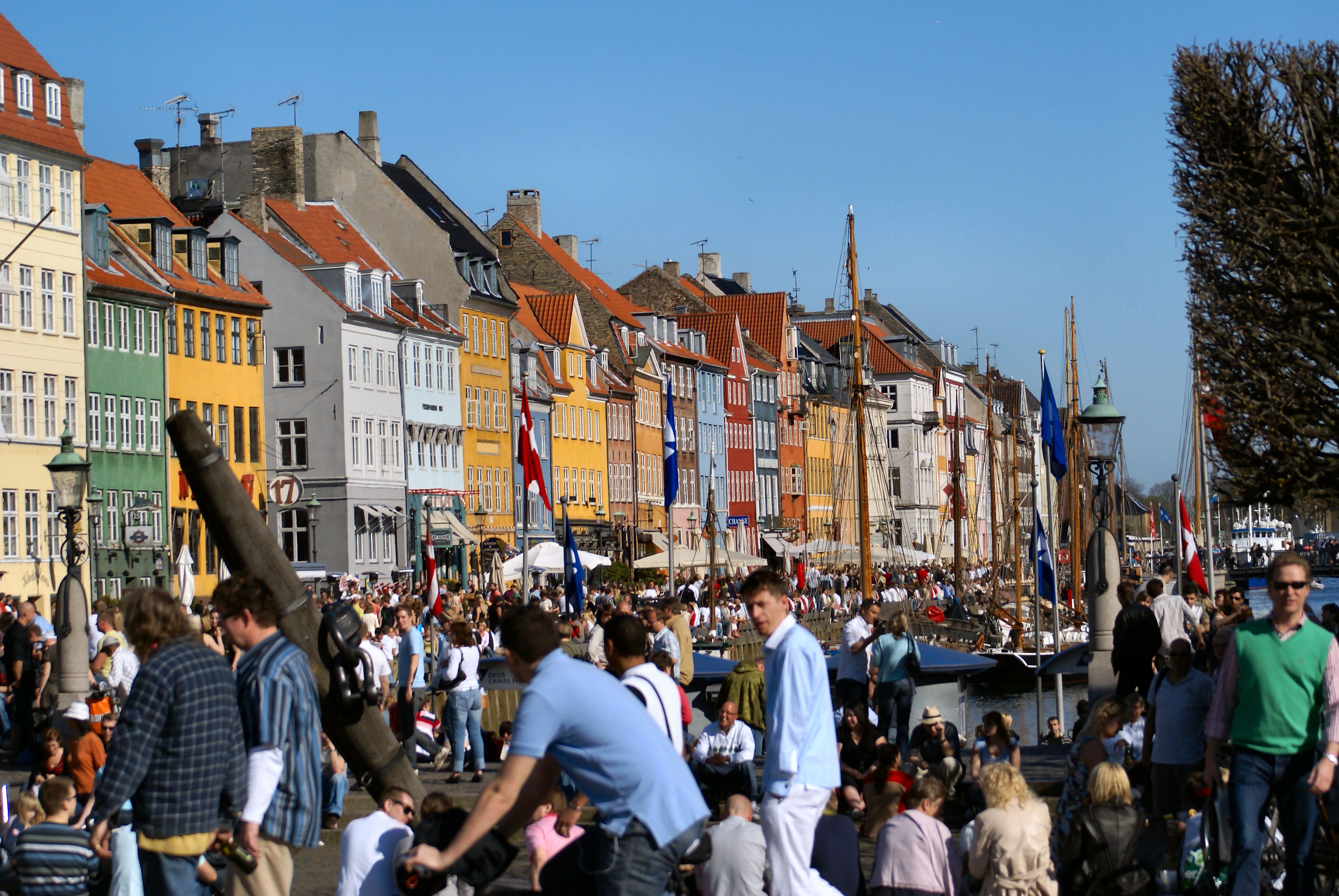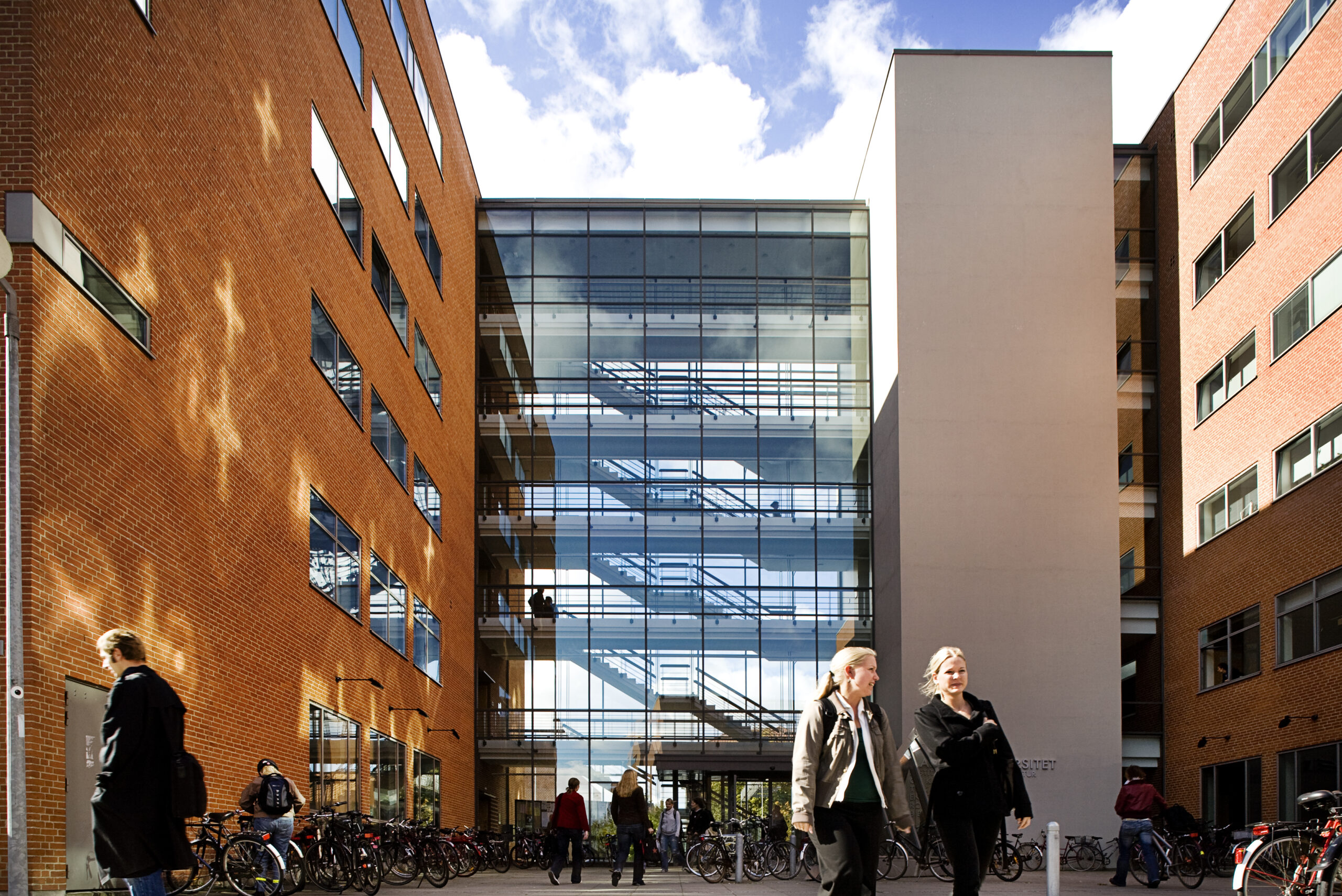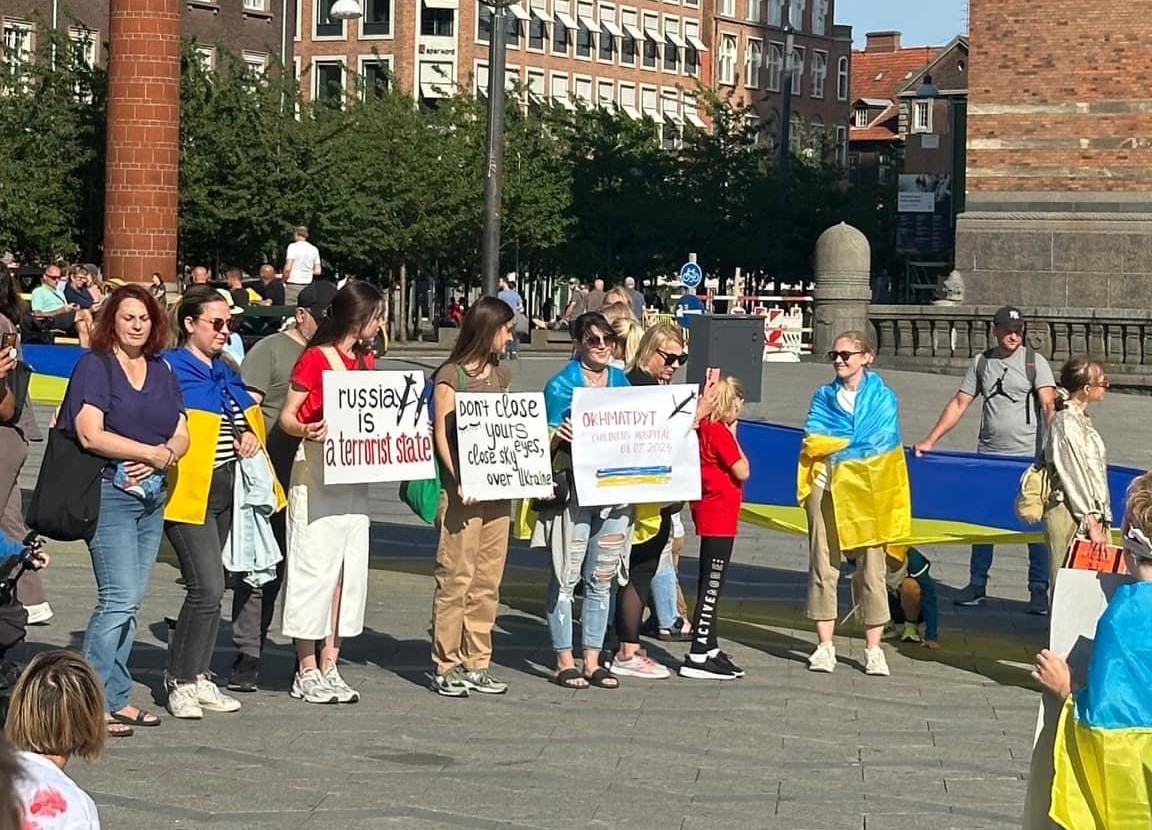You don’t need to ask that, surely. Although in the case of this photo, it is none other than Ejvind Sandal, the owner of CPH POST. Just don’t tell the kids who attended Christmas Coziness, a festive family party co-hosted by the newspaper and International House Copenhagen on December 16. And yes, that’s his real beard.
But he’s not the ‘real’ Santa, is he?
I didn’t like the way you stressed ‘real’ in that question. Sure, there are a lot of them about, and every Nordic nation likes to claim he dwells in their realm –territorial and disputed. But he undoubtedly existed. In fact, there are so many stories and legends that, over time, they have become mixed together. Luckily, I’m going to give you a brief summary of some of them. So, if you’re sitting comfortably, I’ll begin.
Wait, I’m actually doing a plank right now … too much roast duck last night … okay, I’m ready now
Legend has it that a baby, Nicolaus, born way back in the third century, in neither Lapland nor Greenland nor the North Pole but … wait for it … Turkey, grew up to become the bishop of Myra. He was rather wealthy and saved a family from poverty by throwing money into their window at night. Is it starting to sound familiar? He also had the handy talent of saving sailors from wild storms. This talent secured him a place in the hearts of shipping folk for centuries to come. Incidentally Dutchmen referred to him as Sinterklass, and when they moored in New York, this morphed into the American Santa Claus.
So why isn’t he called Saint Nicolaus (or in Danish, Sankt Nikolaj)?
In Denmark, after the Reformation, people weren’t supposed to believe in saints. But the new Lutheran church found it difficult to get rid of this particular holy man because he had become so popular. They dropped his bishop’s hat, and as Saint Nikolaus’s death coincidentally occurred in the month of Christmas, called him Julemanden. The trick was played so well that the population didn’t even notice!
Forget all that history malarkey; tell us where the man lives now!
This is a rather controversial question, especially in Denmark. The Danes couldn’t have him residing in a timeshare in Antalya, Turkey. Many other countries believe he lives in Lapland, but the Danes are having none of that either. He lives, of course, in Greenland! And what will they do when Greenland becomes independent? I guess he and Rudolf will be packing their bags and moving to Skagen.












